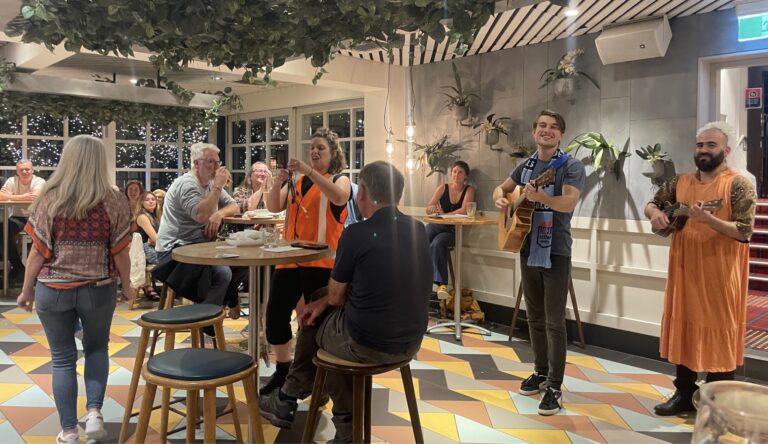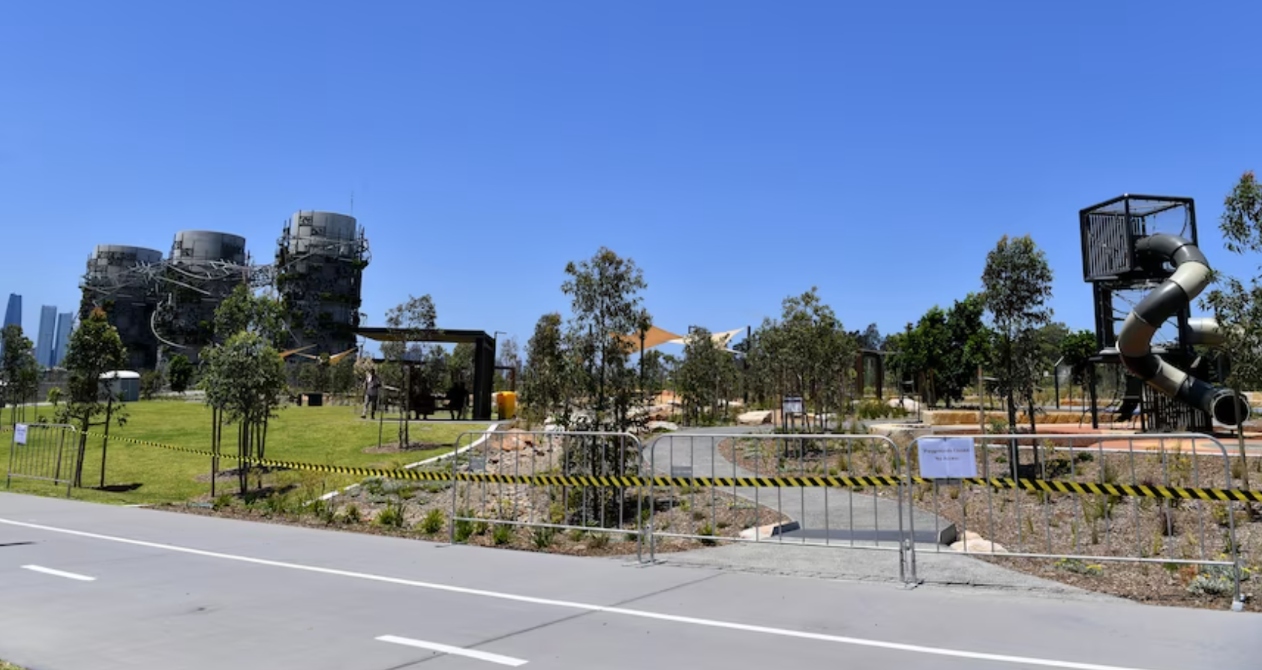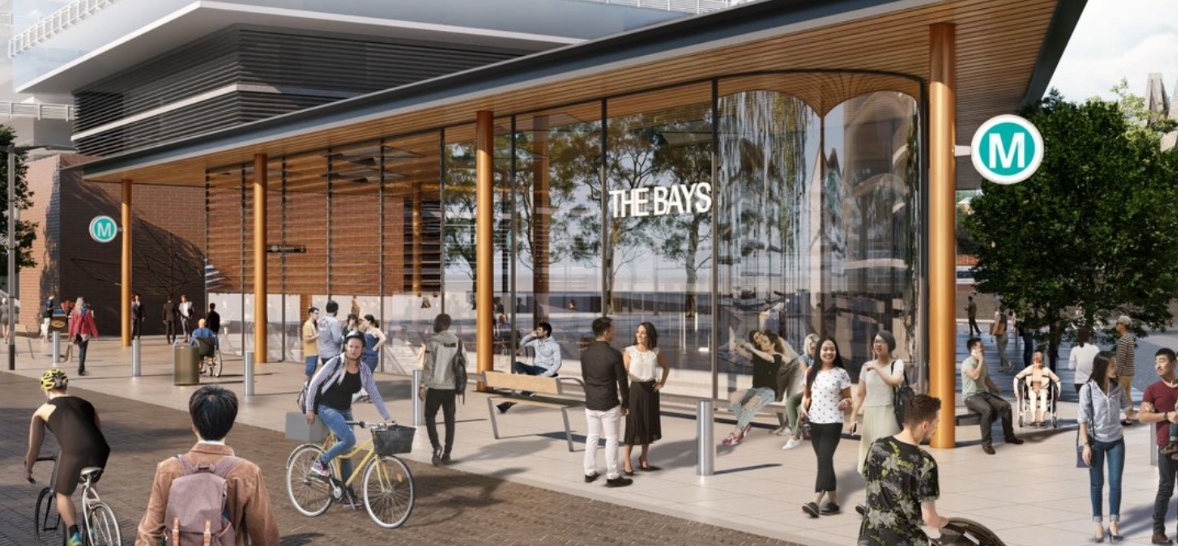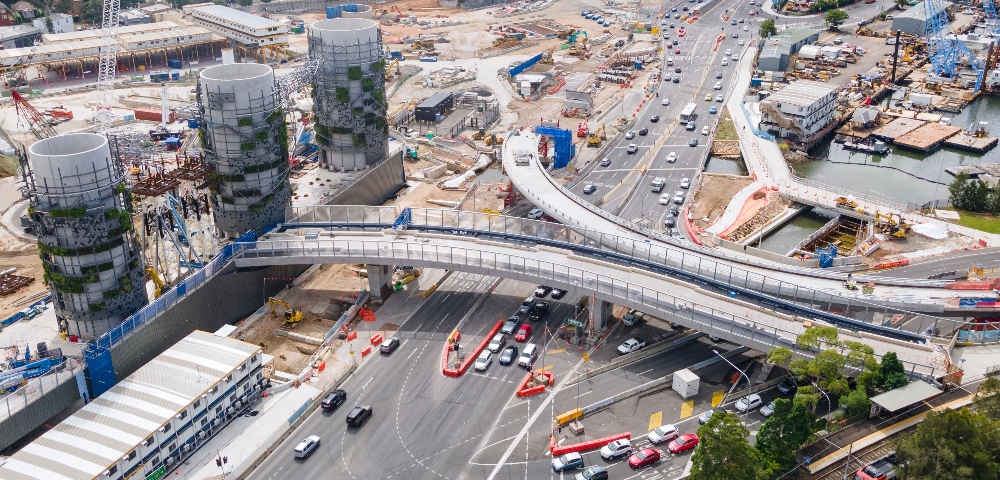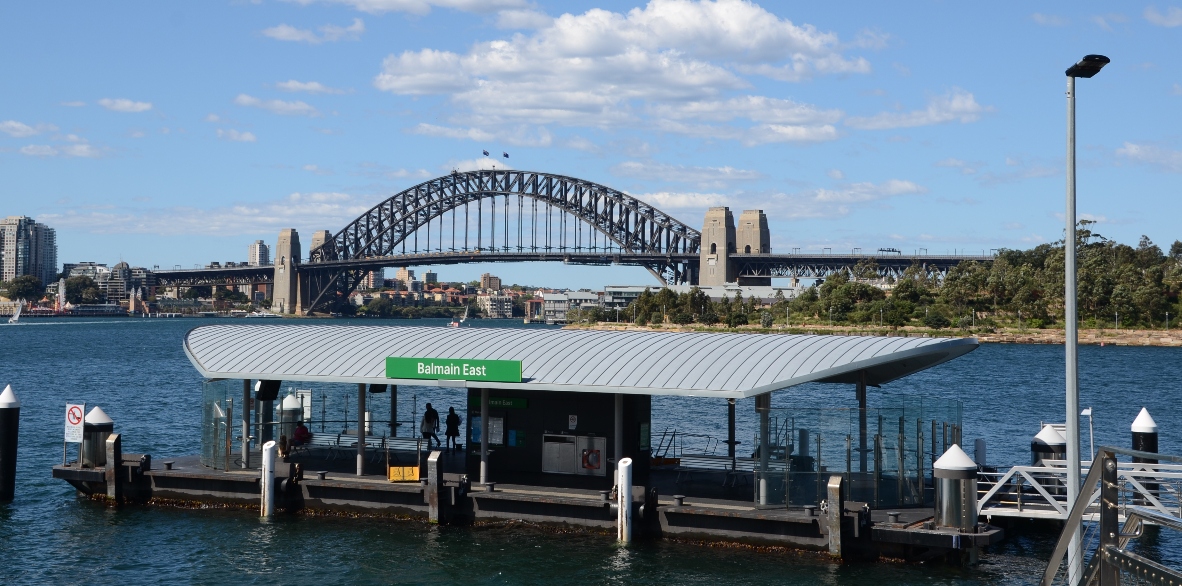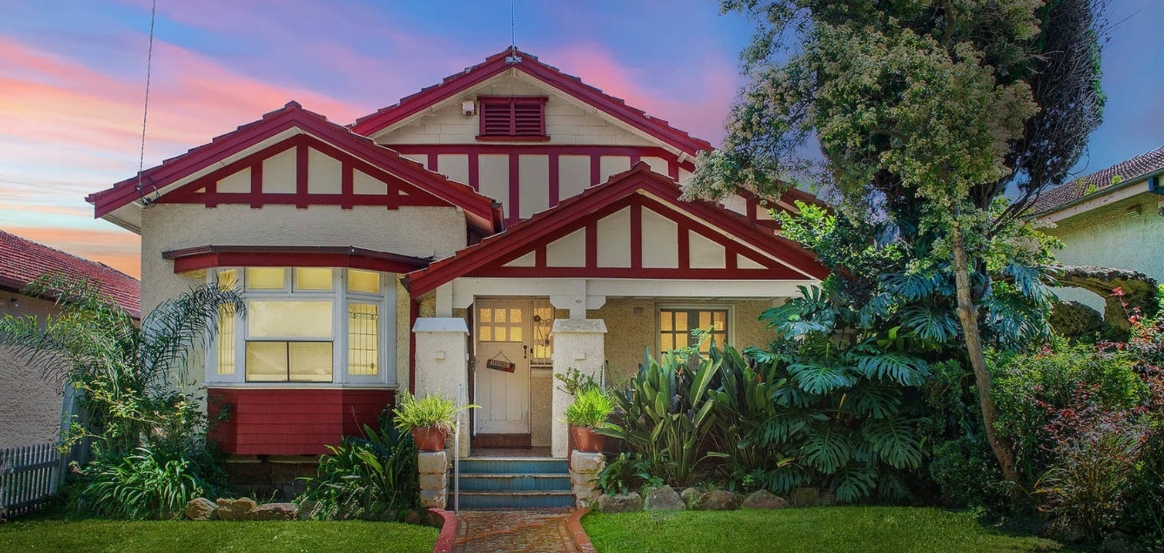
Has COVID induced property vacancies swung the balances of power in the inner-city property market?
By DANIEL LO SURDO
Prior to the COVID-19 pandemic, the inner-city property market could generally be understood in three words: fierce, competitive, and lucrative.
The property development boom that has defined much of 21st century inner-city Sydney residential patterns resulted in a seemingly never-failing product for landlords seeking – and enjoying – an immediate return on investment.
But now – less than two decades since the influx of high-density dwellings in the inner-city – it looks that a change may be appearing on the horizon.
In April, housing vacancy in the inner-city reached 7.3 per cent – a figure that is expected to rise with the continued absence of temporary migrants and a steady rollout of the COVID-19 vaccine.
Now with an absence of inner-city tenants, Managing Director of SQM Research Louis Christopher understands that landlords have been divested of their previous positions of leverage.
“When the power was with the landlords, they definitely charged, they lifted their rents, and they were only looking for the best possible tenants,” Christopher told City Hub.
“But things have changed – the market is definitely in the tenant’s favour for the CBD … so there has been a power shift and so tenants have more flexibility, control in terms of the lease, and that’s a good thing overall.”
With many inner-city property owners now scrambling to attract tenants to their dwellings, Christopher believes that hardships may continue indefinitely for landlords starved of business.
“Prices for inner-city units have come off by 15 per cent; we’re not seeing any evidence that there’s a market recovery now occurring – indeed it could get worse,” Christopher said.
“We’ve still got a closure of the international border and that means that the normal people who buy and rent these properties are not coming through … so we’re not seeing any of that underlying demand, yet on a supply side we’re still building units.”
An oversupplied market
The Federal Government’s National Housing Finance and Investment Corporation released a report last year projecting the oversupply of Sydney dwellings to reach 60,000 across the next two years.
It’s a number that has President of the Property Owners Association of NSW John Gilmovich concerned.
“This market that we see now is likely to continue, and it will add pressure on rents, especially for the apartment market which is the product in oversupply at the moment,” Gilmovich told City Hub.
“We are [here] today with a complete oversupply because we just don’t have the numbers to fill these vacancies, so this market will continue.”
But a shortage of tenants hasn’t worried everyone in the inner-city property market.
The overwhelming tide away from the city fringes has left those still in the inner-city with largely unprecedented levels of purchasing power and leverage, whereby landlords typically desperate for property occupancy have been forced to negotiate better conditions and cheaper rents with prospective tenants.
It’s a pattern that has been welcomed by CEO of the Tenants’ Union of NSW Leo Patterson Ross.
“We’re seeing a little bit of longer leases, so instead of 12 months it’s two years, there’s been a few cases where I’ve heard people getting those slightly better conditions,” Patterson Ross told City Hub.
“I think that some landlords and agents are more aware now that there is a risk in their investment, that they might not be able to get the rent that they’ve been expecting or having so much competition, so they might be more open to having some of these discussions.”
Despite the growth in property vacancies and plunge in rental prices in the inner-city, Patterson Ross remains sceptical when discussing the true extent of power that tenants have been afforded throughout the past 12 months.
“My test for a tenant’s market is one where the landlords are competing for the tenants to move in – they’re offering things like longer leases, pets by default, being really proactive about their maintenance, and we really didn’t see that, what we saw was the prices going down, but the real experience of renting in Sydney even in the middle of the CBD really didn’t change very much,” Patterson Ross said.
“People were being offered basically the same deal, just a little bit less expensive.”
Looking to the future
With a projected stream of eventual tenants back into the inner-city, Patterson Ross believes only intervening policy will sustain the avenues of meaningful tenant leverage in the inner-city.
“In COVID we saw the possibility of a different way of working, of understanding housing, but it all depends on government putting in place structures and systems to support that,” Patterson Ross said.
“If we want to see long-term change it’s going to be at the structural level, either by regulation or by the government becoming an actual player in the market themselves, and having enough influence to keep prices affordable, to give landlords an incentive to act in a way that attracts tenants to them.”
The treechange and seachange population patterns linked to COVID are also expected to shape the future of the inner-city property market, where not all are envisioning a return to the pre-pandemic status quo.
“I think we will see over the long term the movement back to the cities, it just won’t be a complete reversal,” Christopher said.
“There will be people who will be staying in the regions who made this change and they do not wish to come back at all, and that’s also been having an impact on the local CBD rental market and will likely continue to have an impact going forward over and above the issues surrounding the closure of our international borders.”
With the identity and sustainability of the inner-city Sydney property market strained throughout the last 12 months, a seemingly fated reentry of migrants throughout the city fringes will shape as a boon to many landlords.
But in an ever-expanding city now expected to toil through years of property oversupply, the opportunity for an equilibrium previously unheralded remains.
And as tenants enjoy what many believe will be their remaining few moments of unquestioned leverage, there exists hope between all interested parties that following the effects of a blood-curdling and unparalleled virus, will be a reformation of the inner-city market – one espousing regulation, competition and enterprise.


